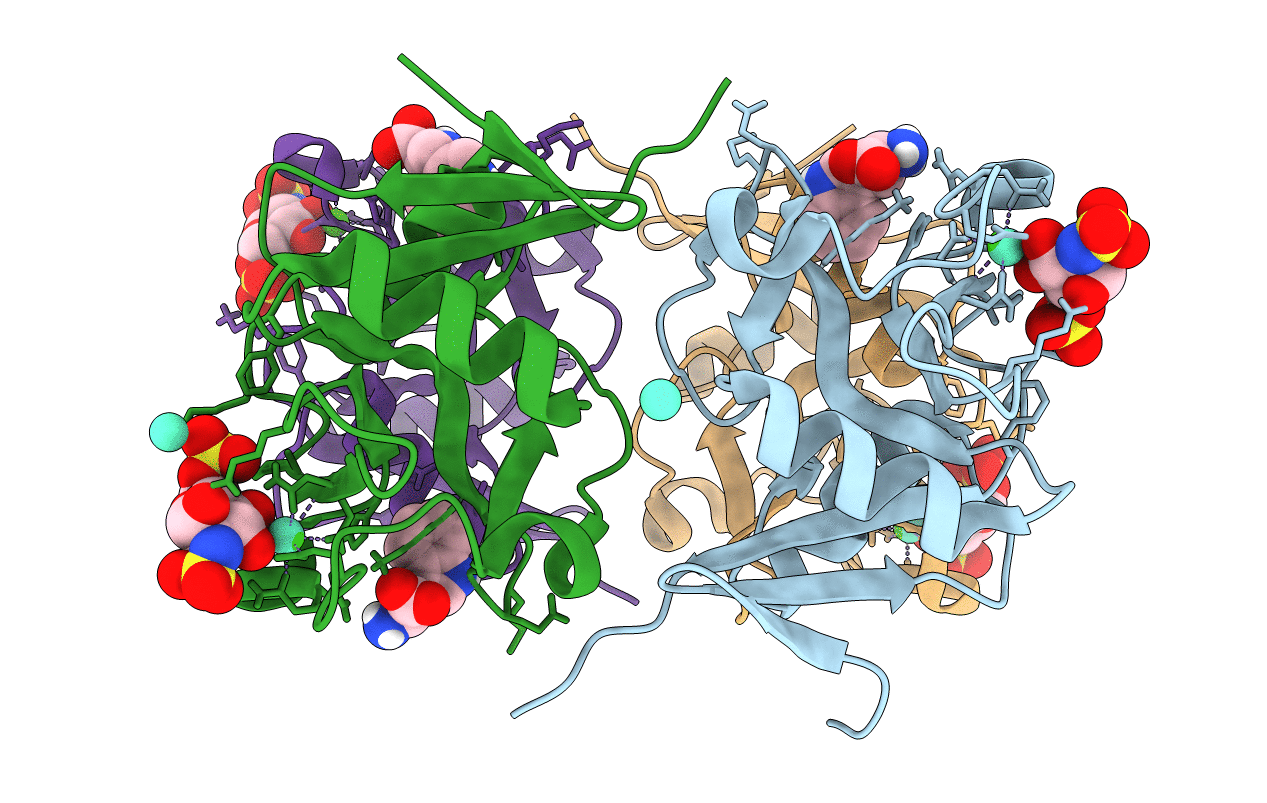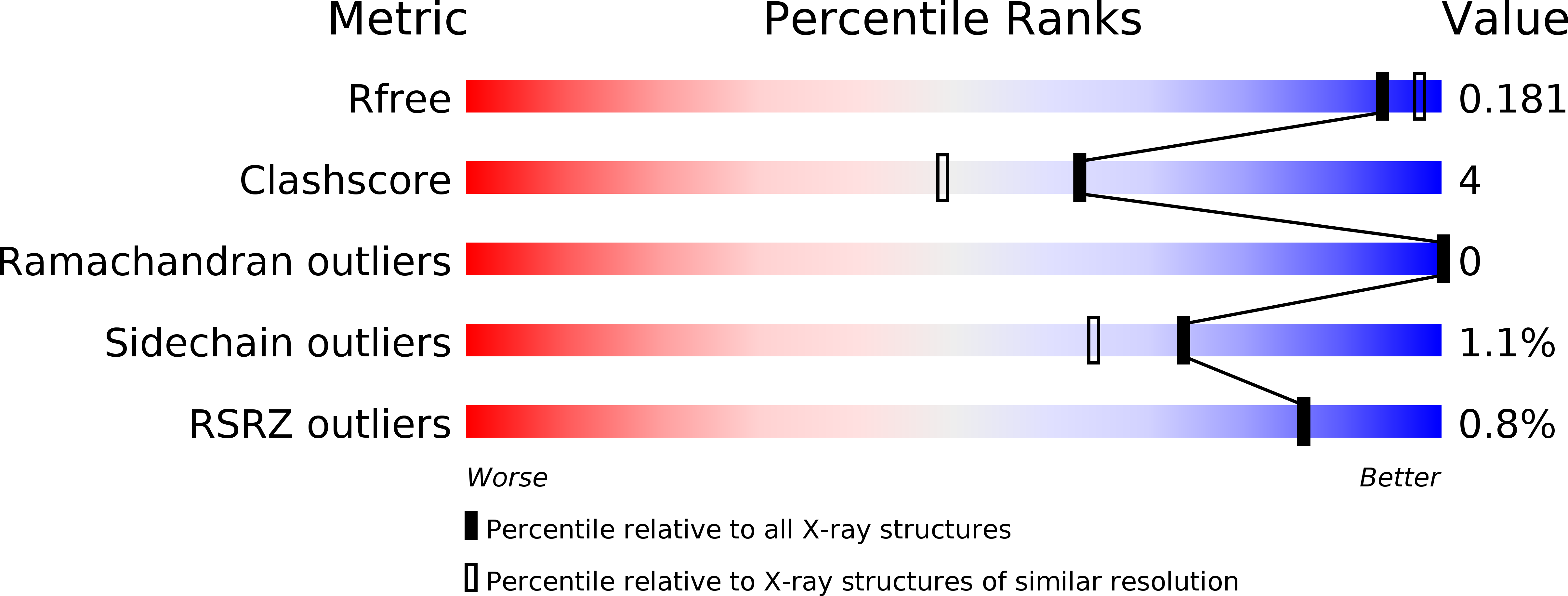
Deposition Date
2016-07-21
Release Date
2018-02-21
Last Version Date
2024-11-13
Entry Detail
PDB ID:
5G6U
Keywords:
Title:
Crystal structure of langerin carbohydrate recognition domain with GlcNS6S
Biological Source:
Source Organism:
HOMO SAPIENS (Taxon ID: 9606)
Host Organism:
Method Details:
Experimental Method:
Resolution:
1.84 Å
R-Value Free:
0.18
R-Value Work:
0.15
R-Value Observed:
0.15
Space Group:
P 42


